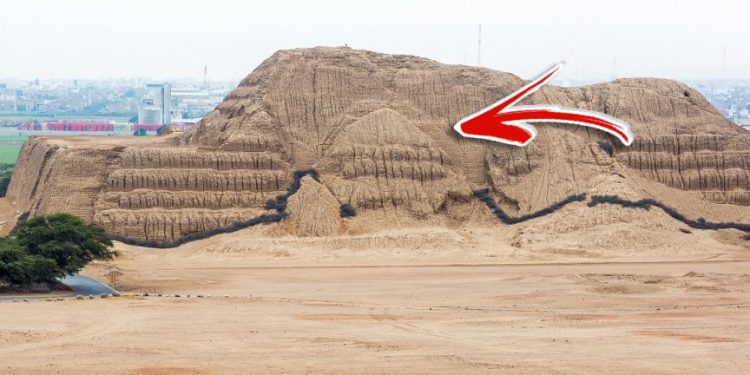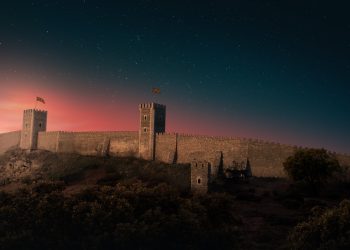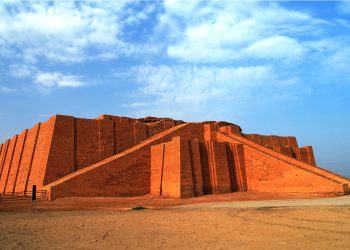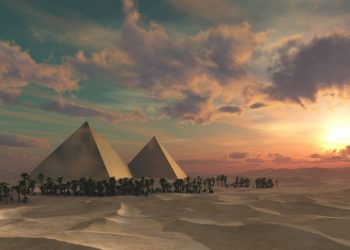Have you ever heard about a monument called Huaca del sol? The Massive Structure, made of over 130 million adobe bricks, reflects the sophistication of ancient Peruvian Culture.
The Moche civilization, which flourished on Peru’s northern coast, constructed the massive temple over 1,500 years ago in honor of the sun.
Moche Civilization and the Huaca del Sol
The Moche civilization, thriving from around 100 to 750 AD, built the colossal temple in present-day Peru. Known for their agricultural prowess, the Moche constructed intricate irrigation systems and demonstrated sophisticated culture through artifacts and goldwork.
Eight Construction Phases and 130 Million Bricks
Over eight construction phases, the Moche used an additive process, layering newer bricks over older ones. Archaeologists estimate that the completed structure, the largest pre-Columbian adobe structure in the world, required over 130 million adobe bricks.
Huaca del Sol: Participation of 100 Communities in Construction
The Huaca del Sol’s immense size signifies its importance. Archaeologists believe that more than 100 different communities participated in constructing the temple.
Huacas de Moche: Huaca del Sol and Huaca de la Luna
The Huaca del Sol and the smaller Huaca de la Luna form the Huacas de Moche, part of the ancient Moche capital city, Cerro Blanco. The Huaca de la Luna has provided most of the archaeological information about the area.
Spanish Conquistadors’ Damage
During the 17th century, Spanish conquistadors greatly damaged and looted the temple. They redirected water from the Moche River to run past the Huaca del Sol base, resulting in significant erosion and loss.
Four Levels
The temple, once 50 meters high, now stands at 41 meters. Comprising four main levels, the ancient temple was rebuilt and expanded by various rulers throughout history, serving as a ritual site, ceremonial venue, and royal residence and burial chamber.
Have something to add? Visit Curiosmos on Facebook. Join the discussion in our mobile Telegram group.











